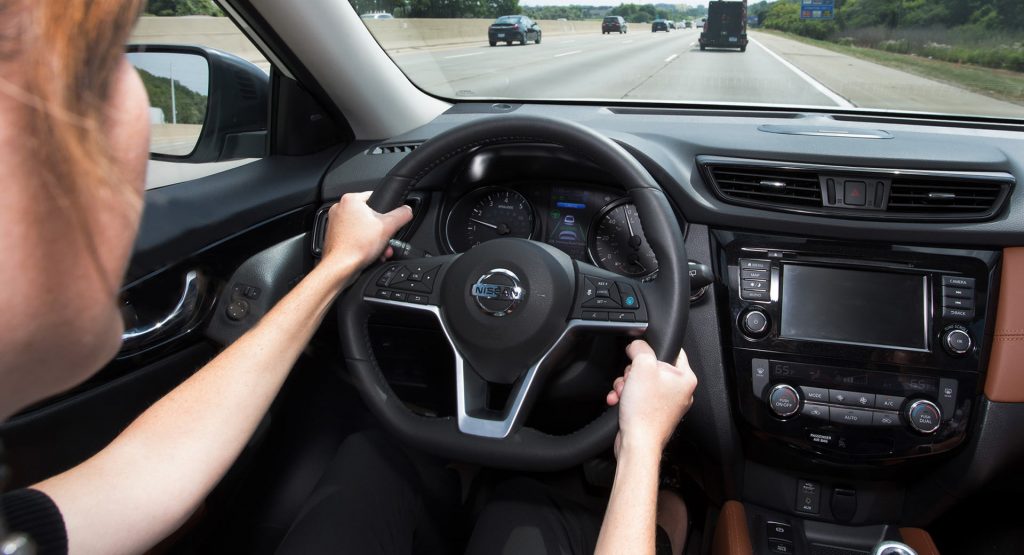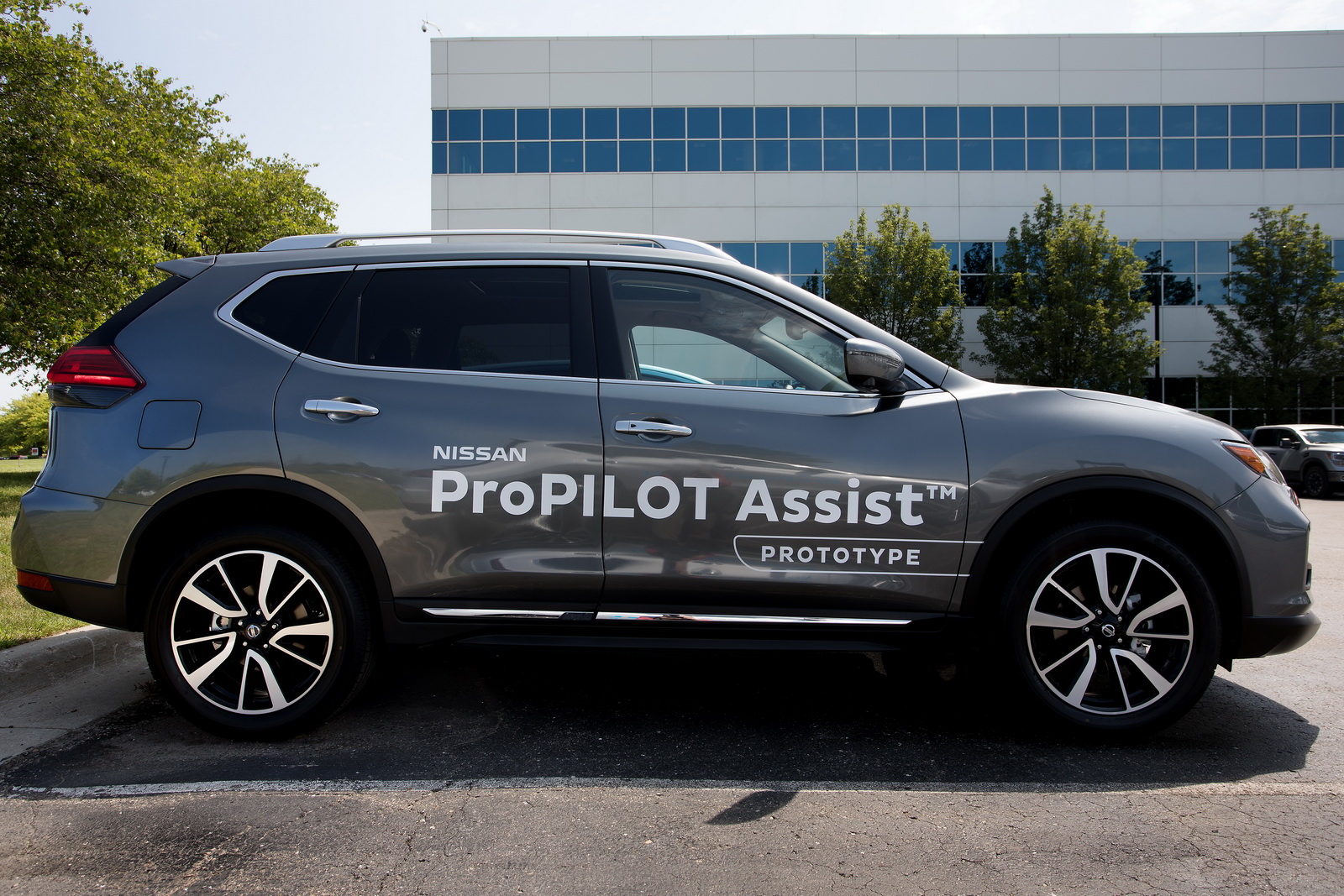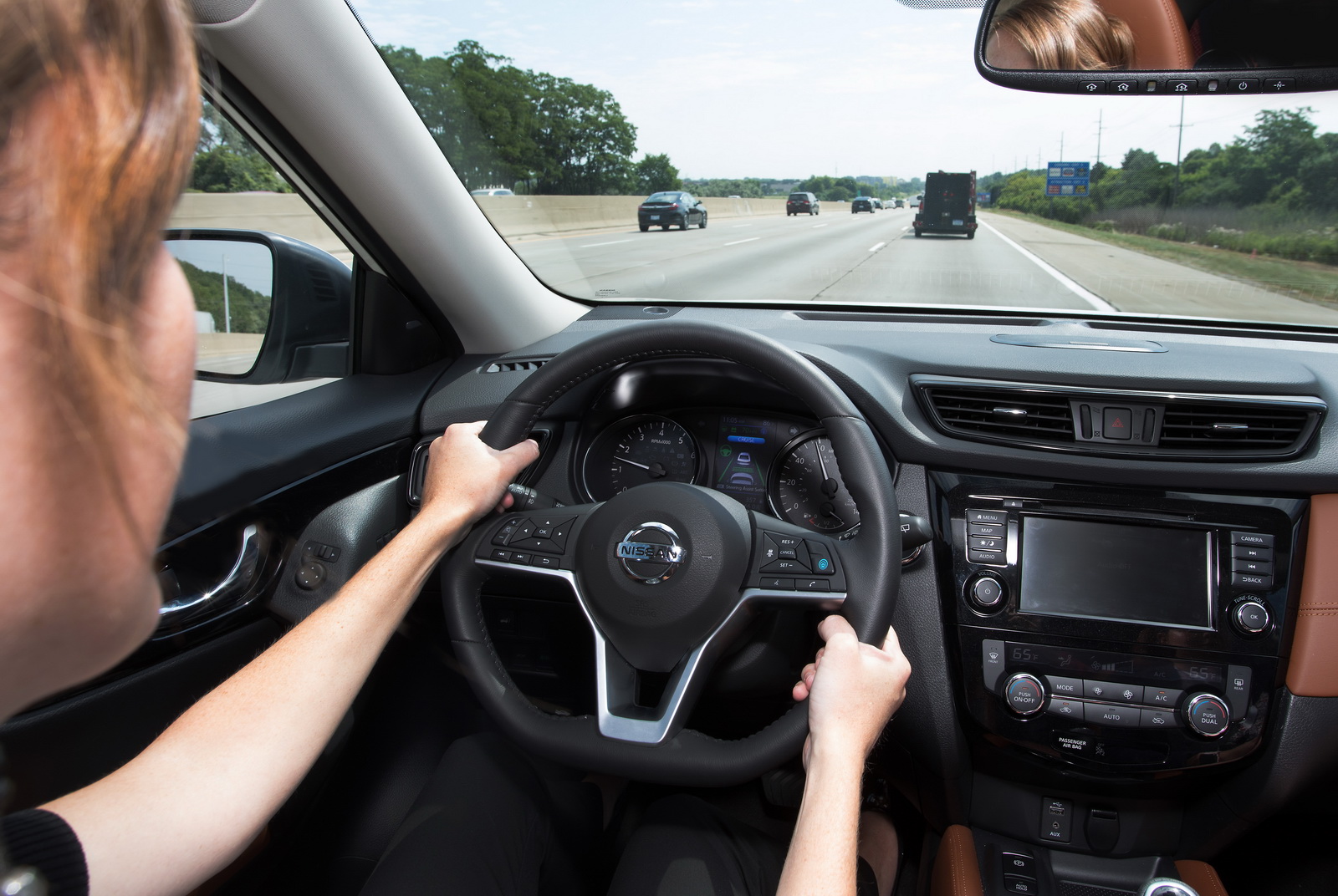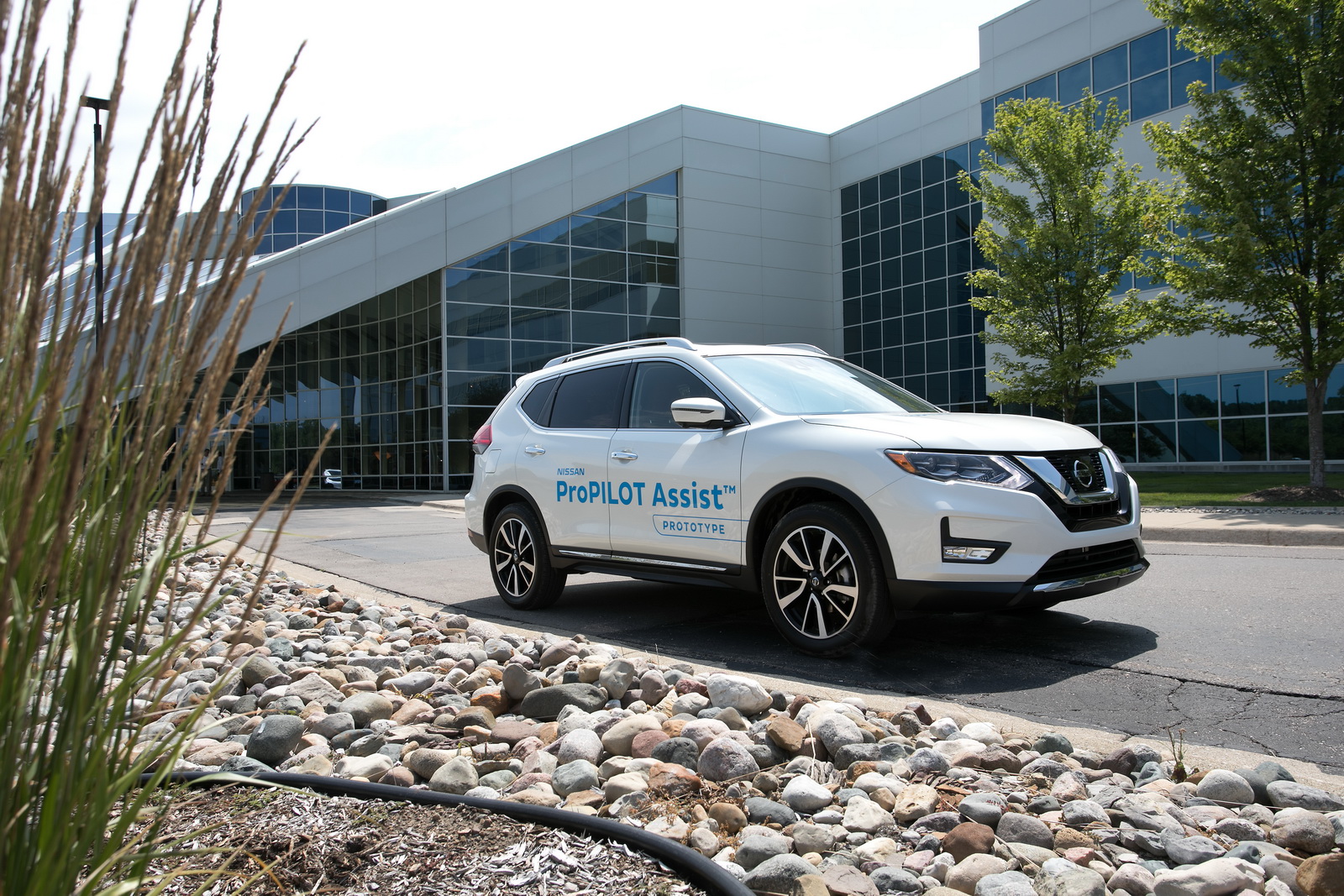Nissan is working with NASA and the Federal Aviation Administration to develop an autonomous driving system that is monitored by human operators.
Dubbed Seamless Autonomous Mobility, Nissan’s system would involve human operators helping vehicles to adjust to traffic, weather and other conditions in real time while working from a remote location.
For example, the operator could send commands to the vehicle or alternative routes to avoid construction and various other road situations. To allow the operators to transmit such information, Seamless Automobility Mobility uses the same robotic technology, communication systems and visualization software that NASA uses to communicate with the Mars rovers.
The future is now…
The system requires video and sensor data from autonomous vehicles to be transmitted to the operator in real time. According to former senior NASA scientist and director of the Nissan Research Center in California, Maarten Sierhuis, the space agency is particularly good at making this happen.
In addition to its work with NASA, Nissan is investing in the same technology that allows air traffic controllers to manage multiple aircraft simultaneously. The ultimate goal is for a human operator to “manage as many vehicles as possible.”
This isn’t the only form of self-driving system being developed by Nissan. The Japanese manufacturer is also working on technology that will allow its future vehicles to operate themselves in all situations without any form of human input.
Nissan’s most advanced form of this system currently on the market is ProPilot. The self-driving assist acts in a similar manner to Tesla Autopilot and can handle most highway driving without someone onboard needing to lift a finger.






